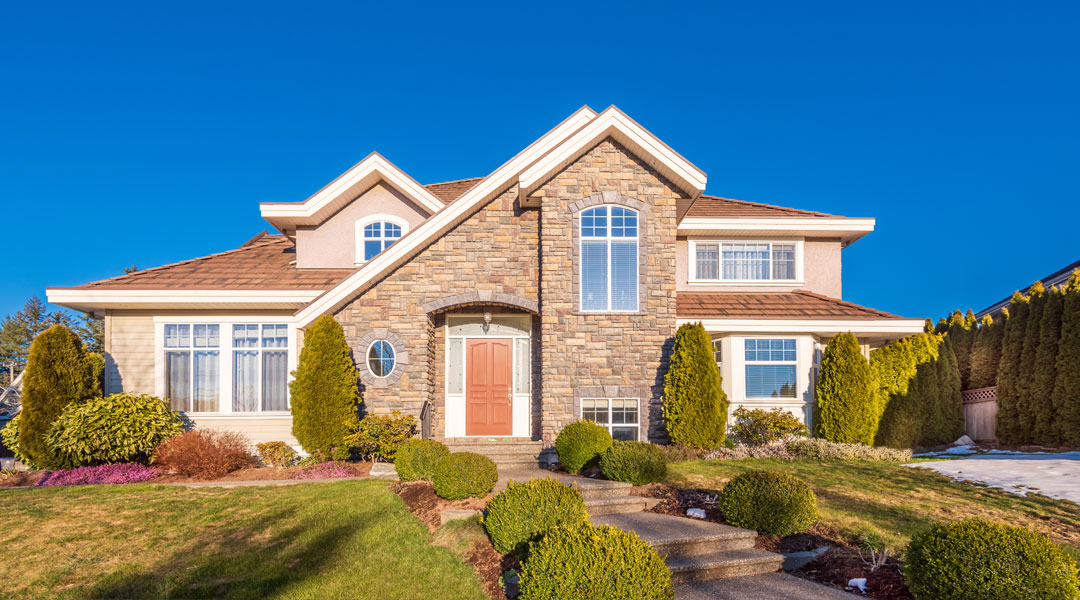Homeowners insurance sometimes feels like just another item in a long list of regular expenses. But understanding the various factors that go into determining your premiums can help you make more informed decisions—and possibly uncover ways to reduce costs without sacrificing essential coverage.
How Are My Homeowners Insurance Rates Determined?
Insurance carriers assess multiple criteria to evaluate the level of risk involved in insuring your home and personal liability. While each company may weigh these factors differently, the following elements are commonly used to determine your premium:
Claims History
Your personal insurance history plays a significant role. If you’ve filed multiple claims in the past—especially within a short time frame—insurers may consider you a higher risk. This history could lead to higher premiums or even difficulty securing coverage in some cases. Even claims filed with previous insurers can follow you through industry-wide databases.
Liability Risks
Homeowners policies include personal liability coverage to protect you if someone is injured on your property or if you accidentally cause damage to someone else’s property. If your home has features that increase the risk of injury—such as a trampoline, swimming pool, or aggressive pets—your premiums may be higher due to the increased chance of a liability claim.
Home Specifications
The structure and condition of your home directly affect how much it would cost to repair or rebuild. Older homes with outdated wiring, plumbing, or roofing can pose greater risks and may increase your premium. On the other hand, houses built with fire-resistant materials or recently renovated systems might qualify for discounts. Square footage, number of stories, and presence of safety features like smoke alarms or sprinkler systems are also taken into account.
Location
Your address can significantly influence your homeowners insurance rates. If your home is located in an area prone to wildfires, floods, hailstorms, or other natural disasters, you’ll likely pay more for coverage—or need additional endorsements. Similarly, crime rates in your neighbourhood, proximity to fire stations, and even your postal code can all factor into your premium calculation.
Policy Details
The terms of your policy directly affect your costs. Choosing higher coverage limits or adding optional coverages, such as sewer backup or identity theft protection, will increase your premium. On the other hand, opting for a higher deductible can lower your monthly or annual cost—but it also means paying more out of pocket if you file a claim. Finding the right balance between coverage and affordability is key.
Additional Considerations
Some insurers also consider your credit history, believing it can be an indicator of financial responsibility and, by extension, risk. While not used in all provinces, this factor may influence rates in regions where it’s permitted. In addition, bundling your homeowners insurance with auto or other types of policies may qualify you for multi-policy discounts.
Learn More
Understanding how your homeowners insurance premium is calculated can empower you to make adjustments where possible. Whether it’s upgrading home systems, adjusting your deductible, or exploring policy discounts, small changes can add up.
Contact our team to learn more about how homeowners insurance rates are determined and speak with one of our knowledgeable professionals. We’ll help you identify the right coverage for your unique needs—and ensure you’re getting the best value possible.
For informational purposes only. It should not be construed as legal, safety or insurance advice. © 2025 Zywave, Inc. All rights reserved.

